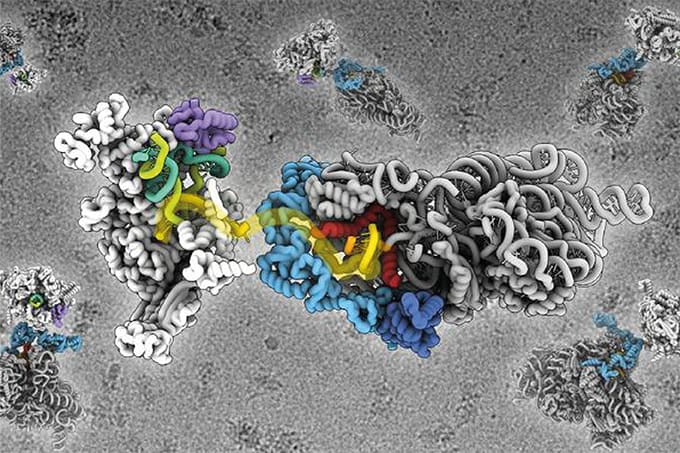
Protein fragments recovered from 18-million-year-old fossil teeth found in Kenya’s Rift Valley have revealed the deepest molecular record yet of extinct mammals. The results demonstrate that mature tooth enamel can preserve peptide sequences for tens of millions of years – far exceeding previous records and expanding the scope of molecular studies in paleontology.
The study, led by researchers from Harvard University and the Smithsonian Museum Conservation Institute, USA, used liquid chromatography-tandem mass spectrometry (LC-MS/MS) to identify peptides preserved in fossilized molars of ancient herbivores, including early rhinoceroses and elephant relatives. Despite the significant age and environmental exposure of the fossils, the team were able to recover endogenous peptide sequences from mature enamel.
“We and other scholars recently found that there are dozens – if not even hundreds – of different kinds of proteins present inside tooth enamel,” said first author Daniel Green, in the team’s press release. “What we found – peptide fragments as old as 18 million years – was kind of shocking.”
The team’s proteomic workflow included parallel sample preparation at several institutions and relied on database searches across a curated protein sequence reference library, supplemented by error-tolerant search strategies to detect damaged or diagenetically modified peptides. The enamel proteomes included amelogenins, enamelins, and other structural and secretory proteins, some of which are involved in enamel mineralization during tooth development.
The researchers also applied phylogenetic methods to compare sequences between extinct species and modern mammals, shedding light on evolutionary relationships. “We can use these peptide fragments to explore the relationships between ancient animals, similar to how modern DNA in humans is used to identify how people are related to one another,” said co-corresponding author Kevin Uno.
In contrast to prior work – which suggested mature enamel retained few proteins – the findings reveal that enamel may act as a long-term archive of the proteome. “This research opens new frontiers in paleobiology, allowing scientists to go beyond bones and morphology to reconstruct the molecular and physiological traits of extinct animals and hominins,” said coauthor Emmanuel Ndiema.
The study offers the potential to reassess fossil collections from deep time using molecular data, particularly in cases where ancient DNA is no longer recoverable. Although the preserved proteins represent only a fraction of the original enamel proteome, the authors suggest that further proteomic refinements could help to reveal dietary habits, developmental traits, and evolutionary relationships of extinct species.




